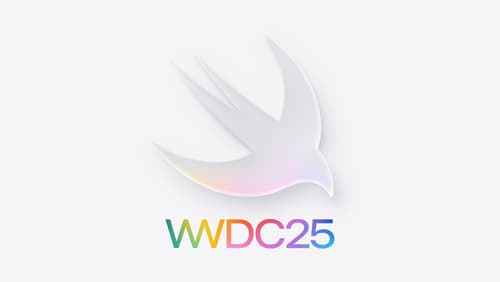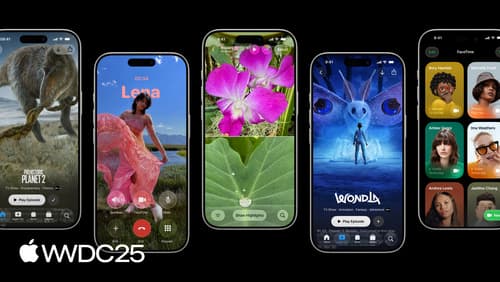How do I adopt Liquid Glass?
Asked on 2025-06-10
62 searches
To adopt Liquid Glass in your app, you can follow these steps based on the sessions from WWDC:
-
Understand Liquid Glass: Liquid Glass is designed to be an interactive layer that floats above your content, providing a distinct control layer. It is best used for navigation elements and should not be overused to avoid cluttering the interface. You can learn more about its properties and how it adapts to different contexts in the Meet Liquid Glass session.
-
Use the Right Framework: Depending on whether you're using SwiftUI, UIKit, or AppKit, there are specific APIs and guidelines to follow:
- SwiftUI: Use the Glass Effect ID modifier to group elements and create fluid transitions. You can start by building your app with Xcode 26 to automatically get many of the new design features. More details can be found in the Build a SwiftUI app with the new design session.
- UIKit: Use the UI Visual Effect view to create a new UI glass effect. Customize the appearance using corner radius and tint color properties. For more information, refer to the Build a UIKit app with the new design session.
- AppKit: Use the NS glass effect view API to place your content on glass. Ensure that the glass effect view is not placed behind your content but as a sibling view. Check out the Build an AppKit app with the new design session for more guidance.
-
Design Considerations: Limit the use of Liquid Glass to the most important elements in your app. Avoid stacking glass elements on top of each other to maintain clarity. Consider using regular and clear variants appropriately, as discussed in the Meet Liquid Glass session.
-
Build and Test: Start by building your app with Xcode 26. Audit your app to identify views that can benefit from Liquid Glass and make necessary adjustments to your UI. This process is outlined in the Platforms State of the Union session.
By following these steps, you can effectively integrate Liquid Glass into your app, enhancing its visual appeal and user interaction.

Platforms State of the Union
Discover the newest advancements on Apple platforms.

Build a SwiftUI app with the new design
Explore the ways Liquid Glass transforms the look and feel of your app. Discover how this stunning new material enhances toolbars, controls, and app structures across platforms, providing delightful interactions and seamlessly integrating your app with the system. Learn how to adopt new APIs that can help you make the most of Liquid Glass.

Build a UIKit app with the new design
Update your UIKit app to take full advantage of the new design system. We’ll dive into key changes to tab views, split views, bars, presentations, search, and controls, and show you how to use Liquid Glass in your custom UI. To get the most out of this video, we recommend first watching “Get to know the new design system” for general design guidance.
